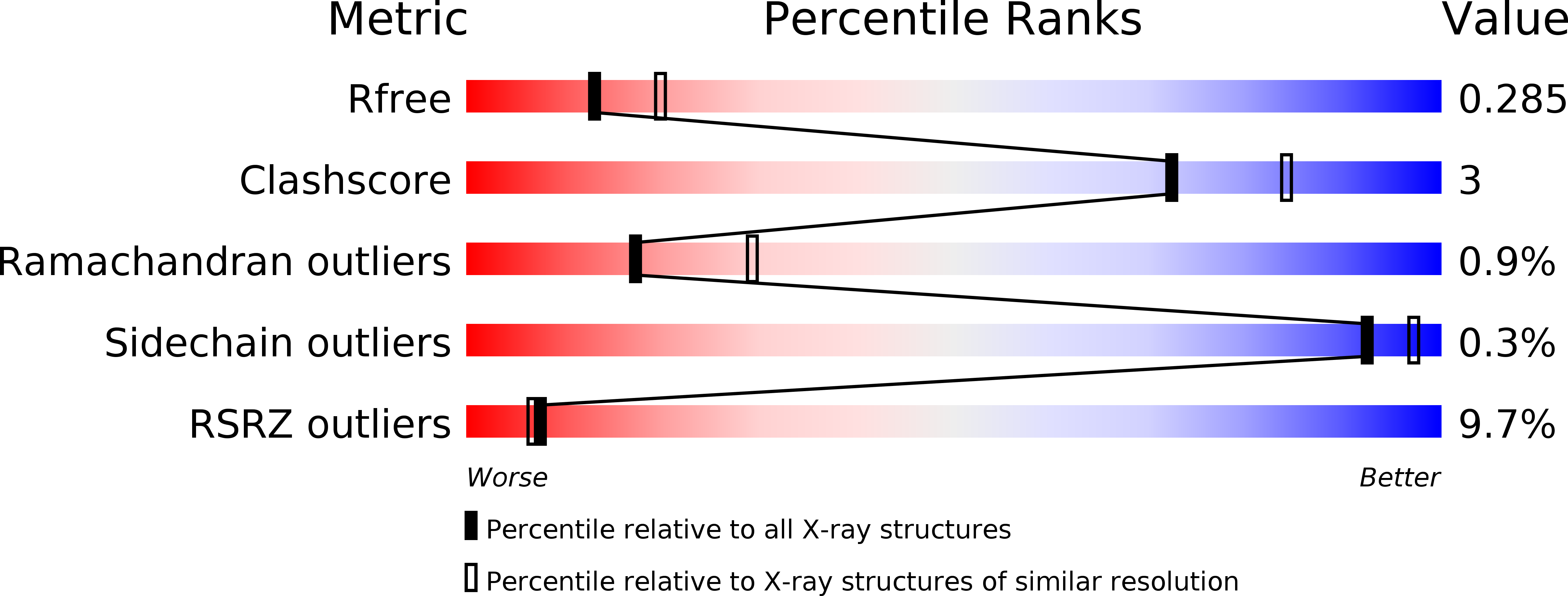
Deposition Date
2016-06-01
Release Date
2016-11-09
Last Version Date
2023-09-27
Entry Detail
PDB ID:
5KAM
Keywords:
Title:
Trypanosome brucei Hypoxanthine-guanine phosphoribosyltranferase in complex with Inosine 5' monophosphate
Biological Source:
Source Organism:
Trypanosoma brucei brucei (Taxon ID: 5702)
Host Organism:
Method Details:
Experimental Method:
Resolution:
2.48 Å
R-Value Free:
0.28
R-Value Work:
0.25
R-Value Observed:
0.25
Space Group:
P 2 21 2


